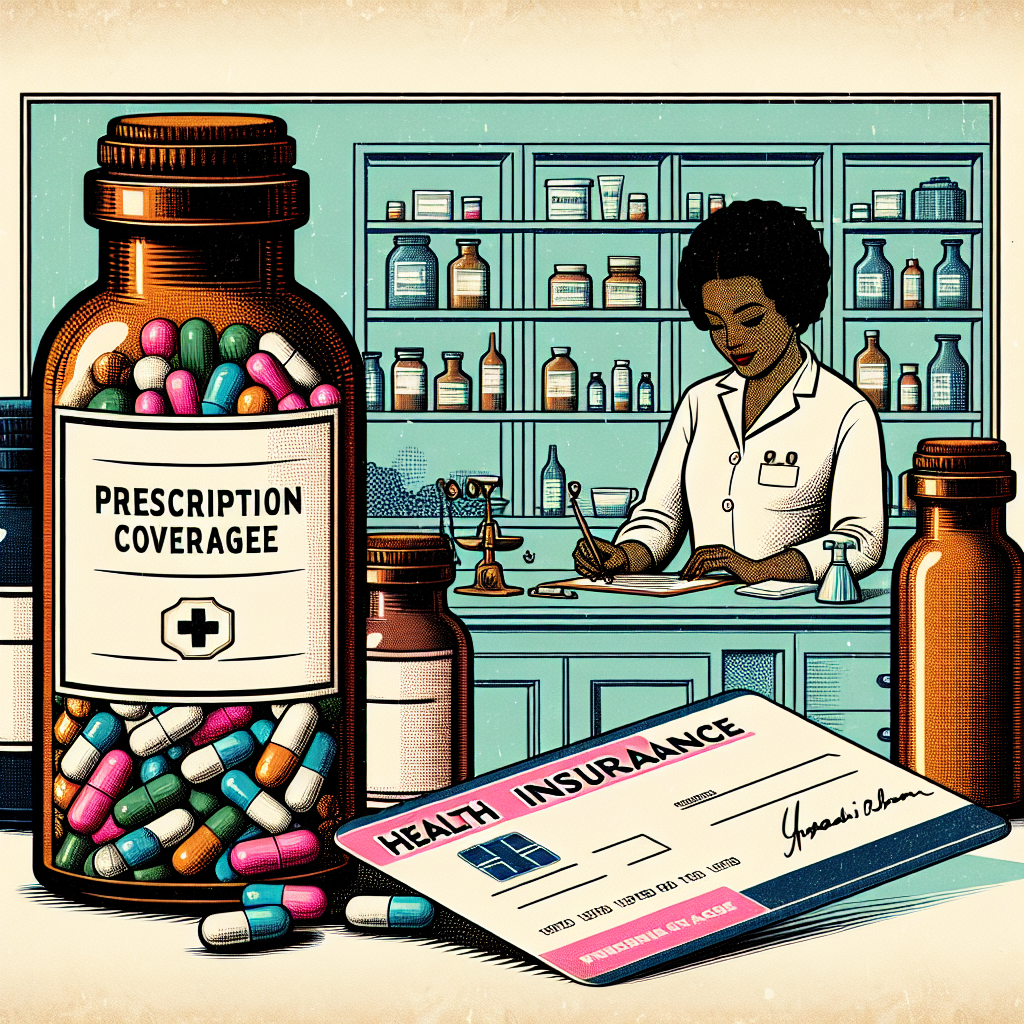Filed under Health Insurance on
Understanding Prescription Coverage in Health Insurance

Prescription coverage in health insurance is a critical component of healthcare plans that can significantly impact your medical expenses and overall well-being. Understanding how prescription coverage works, what it includes, and how to maximize its benefits is essential for anyone navigating the complex world of health insurance.
What is Prescription Coverage in Health Insurance?
Prescription coverage is a subset of health insurance that helps cover the cost of medications prescribed by healthcare providers. This coverage is designed to lower out-of-pocket expenses for medications, enabling individuals to afford necessary treatments without financial strain.
Why is Prescription Coverage Important?
- Cost Savings: Prescription drugs can be expensive. Coverage helps mitigate these costs, making medications more accessible.
- Medication Adherence: When medications are affordable, patients are more likely to follow their prescribed treatment plans, leading to better health outcomes.
- Disease Management: Consistent access to medications is vital for managing chronic conditions and preventing disease progression.
How Prescription Coverage Works
Understanding the mechanics of prescription coverage in health insurance is crucial. Each health plan may offer different levels of coverage, and terms can vary widely. Here’s a breakdown of key elements:
Formulary: The List of Covered Drugs
A formulary is a list of medications covered by an insurance plan. These lists are divided into tiers, often ranging from generic drugs to brand-name medications. The tier determines the cost-sharing structure between you and the insurer.
- Generic Drugs: Typically the lowest cost, these drugs have the same active ingredients as their brand-name counterparts.
- Preferred Brand-Name Drugs: These cost more than generic drugs but less than non-preferred brands.
- Non-Preferred Brand-Name Drugs: These usually incur the highest out-of-pocket expenses.
- Specialty Drugs: These are high-cost medications often requiring special handling or monitoring.
Cost Sharing: Deductibles, Copayments, and Coinsurance
Your financial responsibility under prescription coverage may include deductibles, copayments, or coinsurance:
- Deductibles: The amount you pay for prescriptions before your insurance begins to cover costs.
- Copayments: A fixed amount paid for a prescription drug, details of which vary by tier in the formulary.
- Coinsurance: A percentage of the medication cost you must pay after meeting your deductible.
Maximizing Your Prescription Coverage Benefits
Making the most out of your prescription coverage involves understanding your policy details and actively engaging in cost-saving strategies.
Reviewing Your Insurance Plan
Start by examining your plan’s formulary and cost-sharing structure. Be informed about which medications are covered and at what cost. Understanding these details helps avoid unexpected expenses and ensures you receive the necessary healthcare support.
Opt for Generic Medications
Whenever possible, choose generic medications as opposed to brand-name ones. They offer the same effectiveness at a fraction of the price, thereby reducing your out-of-pocket costs significantly.
Utilize Mail-Order Pharmacies
Many health insurance plans offer discounts on medications ordered through mail-order services, especially for long-term prescriptions. This convenience can lead to substantial savings over time.
Engage with Your Healthcare Provider
Maintain open communication with your healthcare provider about your prescription coverage. They can often prescribe alternatives that provide the same benefits at a reduced cost.
Current Trends and Future Outlook
Prescription coverage in health insurance continues to evolve, influenced by legislative changes, pharmaceutical innovations, and healthcare demands.
Impact of Legislation on Prescription Coverage
Recent laws and regulations can significantly impact coverage options. Staying informed about policy changes, such as those affecting drug price transparency and caps on out-of-pocket expenses, is crucial.
Technological Advancements
Advancements in biotechnology and personalized medicine are creating new prescription treatments. As these become more common, insurance plans may adjust their coverage to include cutting-edge therapies.
Increasing Focus on Preventive Care
Insurance companies are increasingly emphasizing preventive healthcare, including coverage for medications that prevent chronic diseases. This shift aims to reduce long-term costs by minimizing the incidence and severity of illnesses.
Conclusion
Understanding prescription coverage in health insurance is essential for managing healthcare costs effectively. By familiarizing yourself with your plan’s formulary and cost-sharing structure, opting for generic drugs, and utilizing available resources like mail-order pharmacies, you can maximize your benefits. As the industry continues to evolve, staying informed and adaptable remains key to navigating prescription coverage successfully.
For more nuanced information regarding specific plans and legislative impacts on prescription coverage, consider consulting with a health insurance expert or your benefits administrator. This foresight ensures not only financial savings but also a proactive approach to maintaining your health.





